ポイ
ポイ
お
Consideration
Japan is an island. It’s not connected to any other country by land, so everyone lives together in the same ethnic groups where the language and general lifestyle are the same. Therefore, when living in Japan, it’s necessary to be somewhat aware of your surroundings so that you do not cause trouble by doing something differently. This way of thinking and acting with consideration for those around you is called “hairyo”, or consideration. Here are some examples of inconsiderate acts.
Talking Loudly
Talking in a loud enough voice where people around you can hear you is considered rude in Japanese culture. So, when making a phone call in a public place, try to talk so others cannot hear you. Or move to a more private place where there aren’t any people around. If you pretend you’re in a library, you won’t make any mistakes. The only exception where this is acceptable is in places where they serve alcohol.
Eating and Drinking While Walking
In general, eating, drinking, or smoking while walking is bad-mannered. Unless you’re traveling long-distance or on bullet trains, you should avoid eating or drinking on local trains.
Littering
Littering is prohibited. You may notice that there aren’t many trash cans placed in the city. Instead, you should take your garbage home and dispose of it there, in consideration of your surroundings. Do not litter cigarette butts either. In the city, there are smoking areas set up, along with ashtrays, so please use them.
Public Baths
When soaking in a public bath or hot spring, be sure to rinse off your body before entering. This act of pouring hot water over your body is called, “kakeyu”. It’s a way to avoid passing dirt to other people. Additionally, when soaking in the bath, do not get your hair into the hot water. Naturally, diving into the bathtub is also prohibited as a bath is not a swimming pool.
When living in Japan, you need to be careful not to disrupt the harmony of the people around you. Once you get used to it, it will become the norm. And when you return to your own country, you’ll see how different it is. Please let us know if there’s anything that you think is different in Japan.
sign up for the Japanese-Online Newsletter
__..-・**・-..__..-・**・-.._ あいうえお かきくけこ さしすせそ たちつてと なにぬねの はひふへほ まみむめも やいゆえよ らりるれろ わゐうゑを ん __..-・**・-..__..-・**・-.._
#JapaneseOnline #LearningJapanese #FreeJapaneseLessons #JapaneseVideoLearning #JapaneseAnime #Anime #JapaneseFood #Bloguru

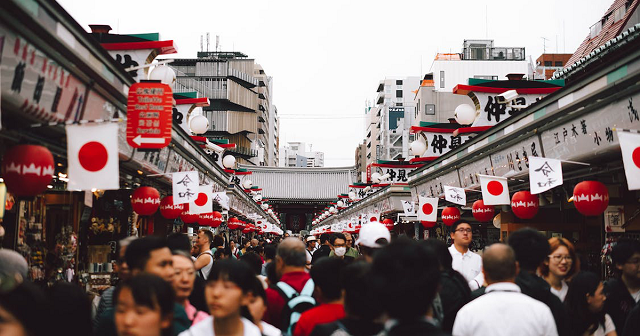



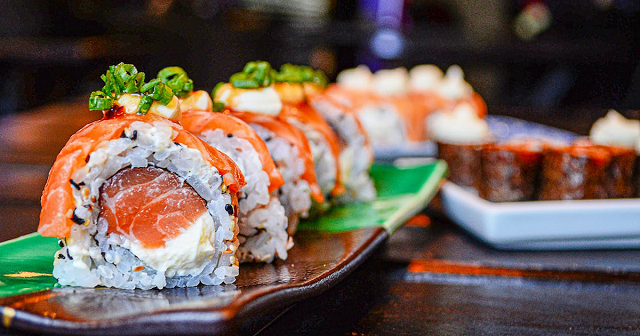
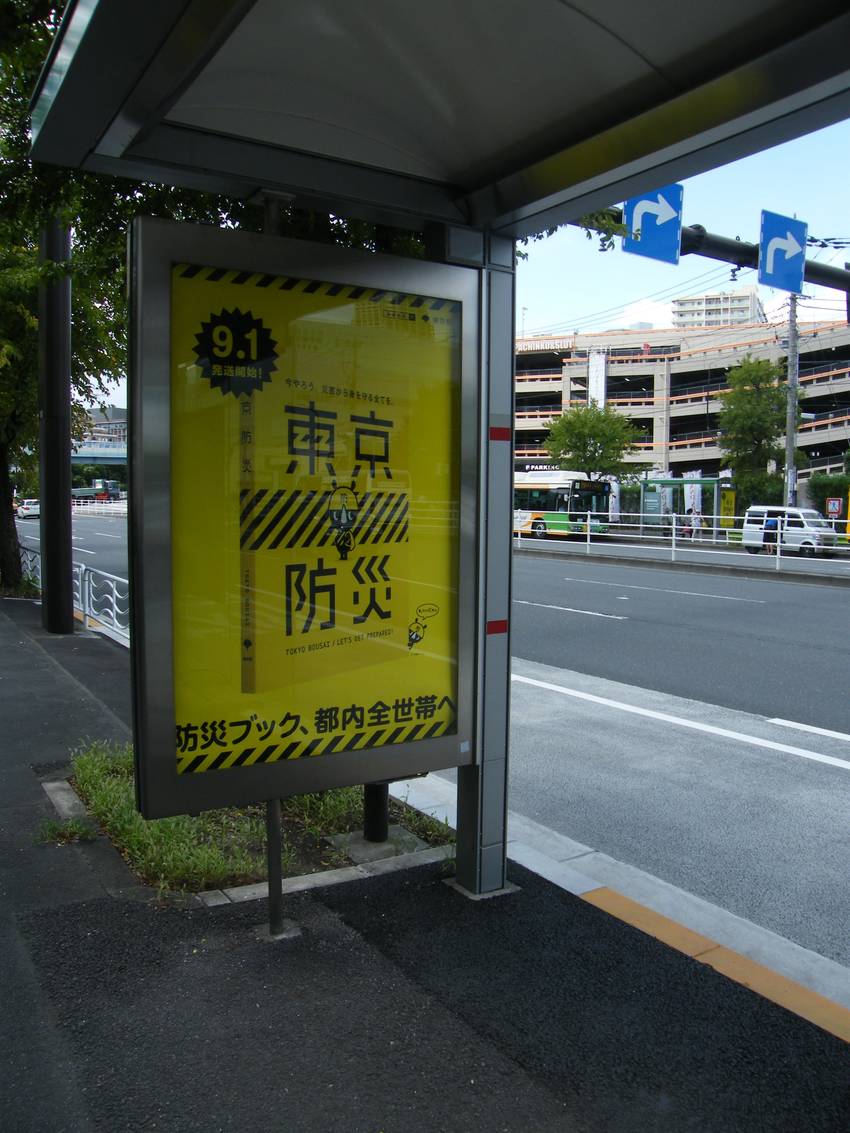
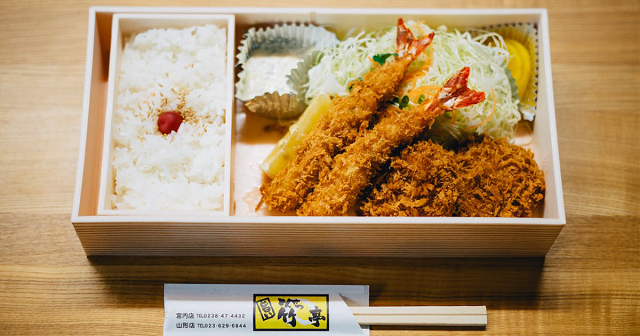
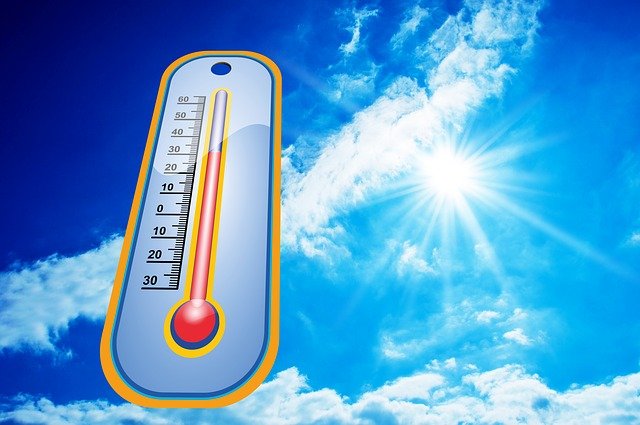

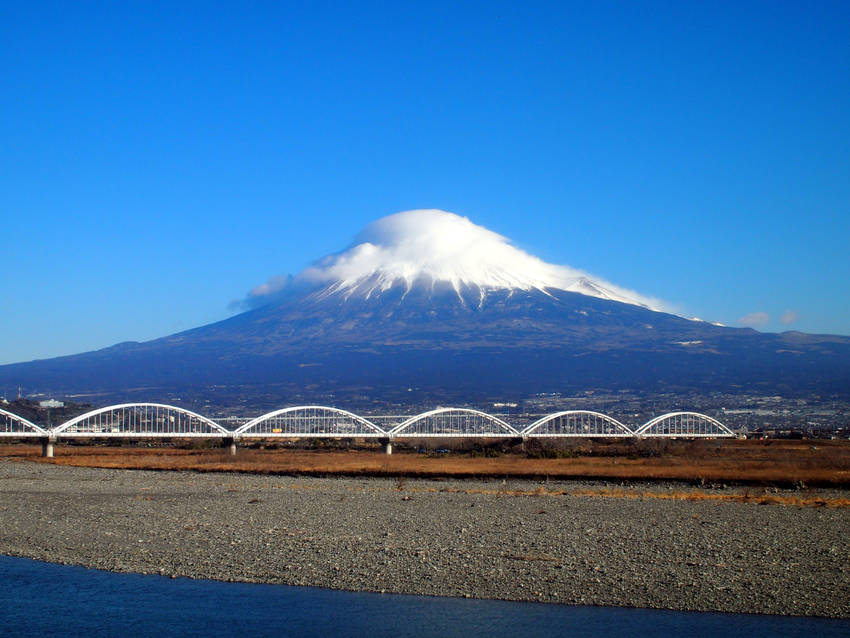
No Latest Comments